The technological production schedule, a sample of which will be described later, is a local regulatory document. Subject to its requirements, the company produces products whose quality meets international and Russian standards. The document establishes methods, means, standards, a detailed procedure and conditions for the creation of goods. The technological regulations for the use of waste for the production of products establish the safest methods for processing raw materials and creating new products from it. 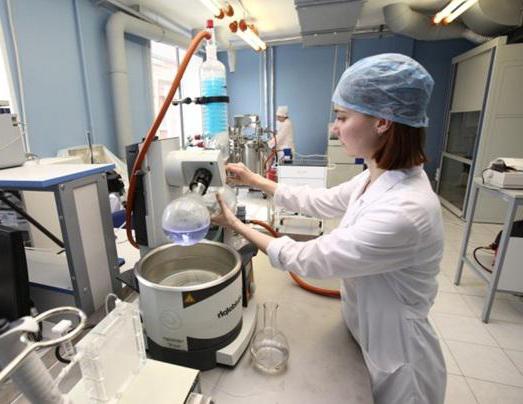
Classification
The technological regulations for the production of products may be:
- Permanent. It is compiled for mastered production methods to ensure proper product quality.
- Launcher (temporary). Such a document is created for new industries, as well as existing technologies, which are fundamentally modified.
- One-time. This regulation is intended for use in experimental and pilot industrial workshops (on installations), when performing test work in an existing production facility.
- Laboratory. Such regulations are being developed for model, bench installations, not engaged in the production of commercial products. According to such standards, trial production of products in the amount of up to 1 thousand kg / year is allowed.
Structure
In the technological regulation for the production of products all processes are in detail entered. In particular, the document indicates:
- What operations are performed in a given situation.
- The order of compliance with the regime.
- Flow rate, pressure, temperature that must be maintained.
- Rules for changing the main technological characteristics and parameters.
- Definition of elements and the sequence of their opening / closing.

System unity
The procedure in accordance with which a regulatory document is drawn up is established by the Regulation on the technological regulations of production. It, in turn, is included in a single set of guidelines for the preparation of enterprise lines for the production of products. According to the Regulation, the preparation of technical documentation is carried out directly by the organization. Third-party enterprises or individual specialists may be involved in this process. In some cases provided for by law, documentation is recorded supervisory authorities. In particular, such a requirement is contained in the Regulation on technological regulations for chemical production.
When is a document needed?
The development of technological production regulations may be required when:
- Execution of contracts.
- Inspection by supervisory authorities.
- Registration of quality certificates.
All documentation can be divided into three categories. It can be compiled on:
- Processes. For example, an enterprise creates technological regulations for the production of work.
- Management system.
- Production.
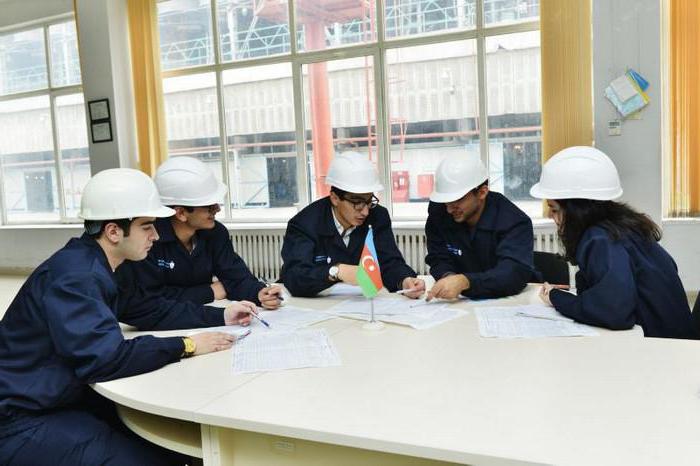
In addition, standards, cards, instructions, methods, etc. can be created. The technological regulation of production, however, is considered the main regulatory document for personnel involved in the production of products at the enterprise.
Creation Features
Provisions on technological regulations are, as a rule, departmental or industry documents. Moreover, there are standard standards.They can be used by the enterprise in the development of its own technological regulations. Many organizations compile documentation based on industry guidelines. They are approved by order of the relevant Ministry and operate within a particular sector. The industry-wide documents that serve as the basis for the creation of technological documentation include:
- Federal Law governing measures to ensure industrial safety of hazardous facilities.
- Gostekhnadzor Resolution No. 77 of December 18, 1998
Key sections
It is recommended to draw up production technological procedures for the production of specific products (semi-finished products) or a group of similar products. The following blocks should be present in the normative document:
- General description of production.
- Characteristics of materials, reagents, raw materials, intermediates.
- Description of the technological scheme and the production process.
- Norms on the modes.
- Characterization of process control.
- Description of starting and stopping production.
- Description of the safe operation of the lines of the enterprise.
- Description of wastewater, emissions into the air, indicating the methods of their processing and disposal. This section is especially important in the preparation of technological regulations for chemical production.
- Characteristics of safety, tubing, control and other equipment involved in the processes.
- The list of regulatory documents and mandatory instructions.
- Graphic production diagram.
Validity period
They are determined by law. Permanent technological regulations are valid for up to 10 years. Temporary regulatory documents are drawn up for a period of:
- Up to a year - when establishing a period of development of new lines of less than 1 g.
- If there is no deadline for the commissioning of new production standards, the duration of the technological procedure is determined by the person approving it.
- At the end of the period for which the TR was compiled, and if the enterprise does not achieve its design indicators or in the case of making adjustments to the plan related to changes in capacity, volumes of raw materials costs, improving the quality of products, and the safety of operations, it can be extended. In these cases, the creation of a new temporary regulatory document is also allowed.
Experienced technological regulations are compiled:
- For the period of performing experimental operations or for the period of production of a specific volume of products.
- For 5 years - if necessary, carry out the production of experimental goods for several years.
- For the period determined by the person approving the TR.
Situation in practice
The technological production schedule is usually drawn up for a five-year period. In the absence of fundamental changes at the enterprise, the document is extended for 5 years. If the organization intends to launch new products or commission advanced equipment, the production process schedule is created for 2 years. Documentation revision may be carried out ahead of schedule. The legislation provides for cases when this is allowed:
- With the introduction of new standards for industrial safety.
- In case of a fundamental change in production technology.
- After accidents due to insufficient reflection of the safe operating conditions of the enterprise lines.
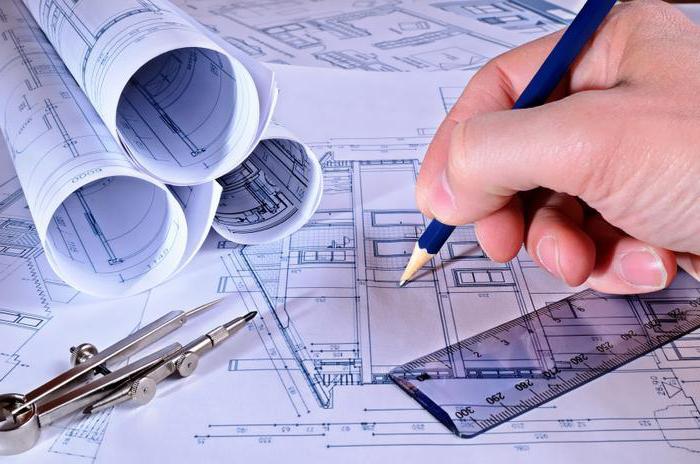
Mandatory regulations
In addition to special TR, through which the regulation of production processes is carried out, the legislation provides for "general purpose" regulations. They are necessary in the following cases:
- When applied at the enterprise explosive substances products or materials. In this case, the organization must have in place technological fire safety regulations. The model document was approved on May 1, 2009.It is based on the previous regulations, but new terms and concepts have been added to it.
- In the presence of treatment facilities at the enterprise. If such an organization does not have technological regulations, then it is forbidden to connect to sewer drains or water supply. The regulatory document establishes the rules in accordance with which it is allowed to filter water. The technological regulations are drawn up in accordance with the passport for treatment equipment. The supervisory authority authorizes the control of the functioning of structures in order to reduce the risk of pollution of gutters.
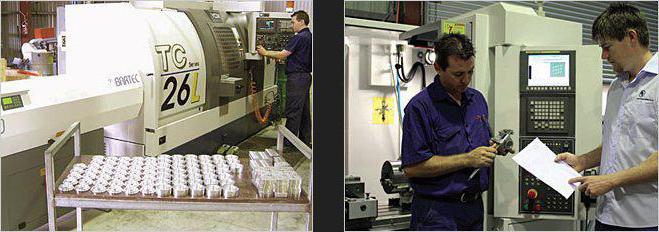
Special cases
At the beginning of construction of any type. Organization-builder is obliged to have technological regulations for waste and its treatment. Such a regulatory document reduces the likelihood of negative environmental impacts. The technological regulations for waste are also used at enterprises that process them with subsequent use in production. This document helps to increase the efficiency of natural resources. The technological regulations for the use of waste for the production of products indicate the groups of recyclables, their characteristics, methods of their processing. Construction companies in their regulatory documents list and class hazard, methods of garbage removal from facilities, areas of temporary storage. Such regulations are developed and approved by the Committee for Environmental Protection and Nature Management. After the end of their activity at the facility, construction organizations are required to close the TR. This procedure is carried out in the same Committee. The authorized authority shall be provided with acts on the acceptance of the building, certificates of calculation of payments for the negative impact on the environment.
Changes and additions
Current legislation allows for adjustments to regulatory documents. However, this procedure is strictly regulated. First of all, the proposed additions and adjustments should not adversely affect the safety of the process, the operability of production lines and the entire enterprise as a whole. Strict control over the process of amending regulatory documents excludes cases of ignoring new information included in it. Correction and addition of technological regulations is carried out in the following order:
- New information is entered in the "Registration Sheet".
- An order is issued through which adjustments and additions are put into effect. In that administrative document contains a description of the changes. They are prescribed in paragraphs or whole sentences. This will ensure the prompt application of new information by the personnel of the enterprise. The order must be signed by the person responsible for the technical and regulatory documentation in the organization.
- Next to the points that have been adjusted or supplemented, you must put down the appropriate marks. For example, “amend. 1” or “add. 2,” etc. Marks in front of items should correspond to the order of issuing orders introducing additions or adjustments into effect. No dates or signatures are placed next to the entries.
- The introduced corrections or additions should be sent to those departments of the enterprise in which the technological regulations are located and used.
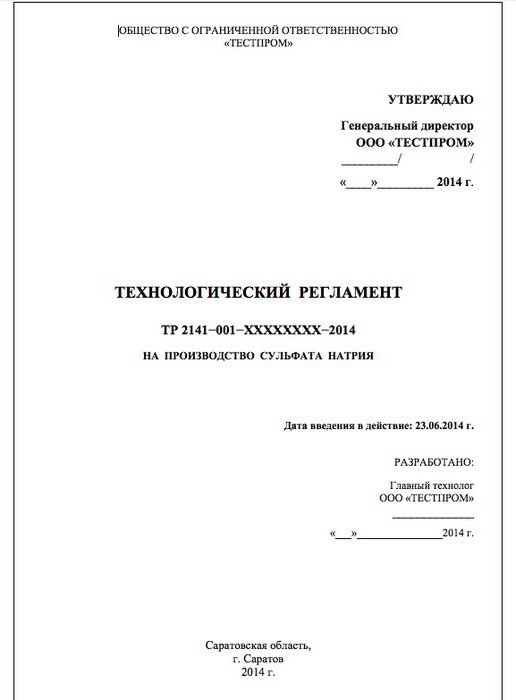
All personnel involved in the production of products should be familiarized with the accepted changes under the signature.
